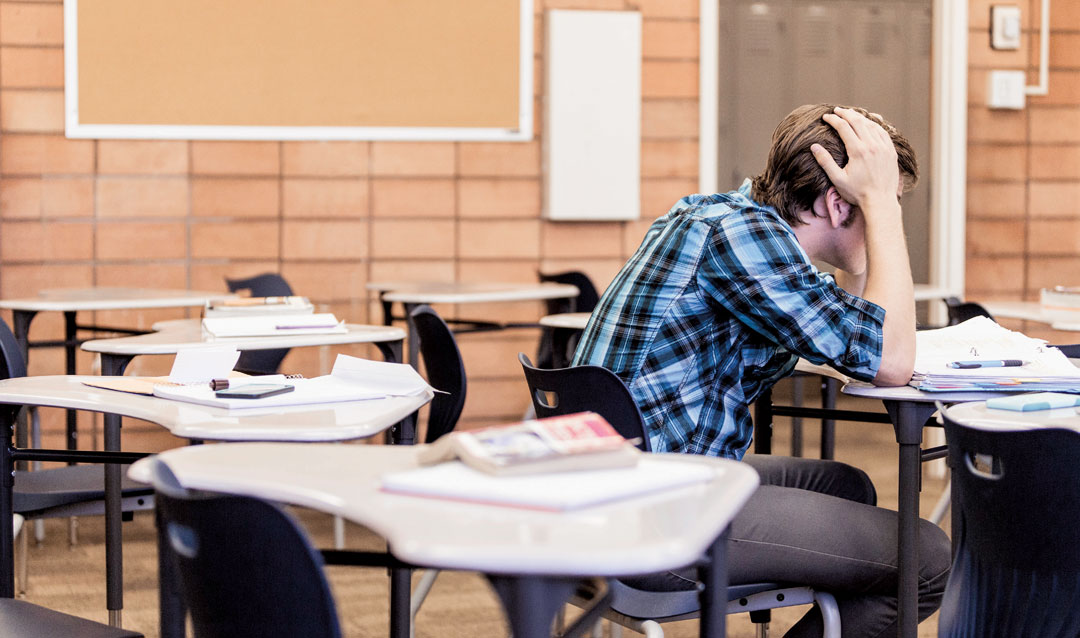Attention Deficit Hyperactivity Disorder (ADHD) occurs in 2 to 15 percent of young children, with 11 percent of children in the U.S. receiving an ADHD diagnosis at some point in their lives. The chronic condition, which often lasts through adolescence and adulthood, is marked by persistent inattention, hyperactivity and impulsivity. Students with ADHD are at higher risk for grade retention, underachievement, identification for special education services and school dropout, and are at a higher risk of learning disabilities.
Studies have shown that school-based interventions improve classroom behavior and academic performance. A recent study by George DuPaul, however, reveals gaps between student needs and school services, particularly in secondary school and for non-English speakers and lower-income families. The study, which appears in the Journal of Attention Disorders, is the largest of children and teens with ADHD ever conducted in the U.S.





